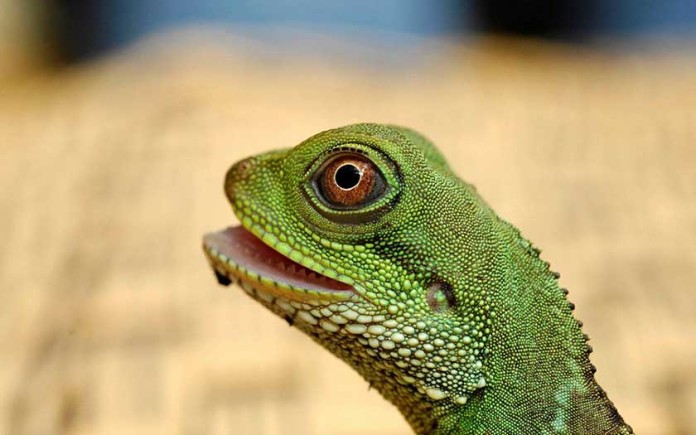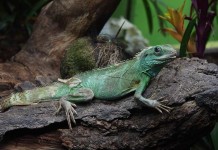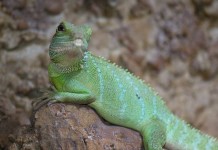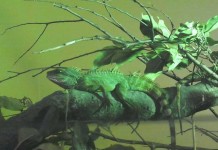You may feel excited to breed your Chinese water dragons. This is not a difficult process if your dragons are mature and healthy. When you are all set, it is important that you note down all the technical specifications of the breeding process.
Female water dragons start laying the eggs once they get sexually active. If you a have a pair of male and female water dragons, it is likely that you get fertile eggs after successful copulation. Once your dragons get over with hibernation, the male dragon will want to mate after a week or two. You should return the temperature and lighting requirements of the enclosure back to normal. You can also resume the feeding schedule you maintained before the dragons were put into hibernation.
Female water dragons may lose their appetite as the eggs begin to get bigger. You can try to feed her with calcium supplements to help egg development. Most importantly, you need to make a lay box for the dragon to lay her eggs. Rubbermaid is one of the preferred construction materials for the box.
You should not make the box too wet or excessively dry. A better idea would be to use soil or peat moss preferably that does not fall loose when you hold it in your hand. You can make it about 10 to 15 inches deep. The female dragon digs a hole to deposit the eggs and then covers them with dirt.
You should carefully remove the fertile eggs and place in them in small container. The bottom of the container can be lined with damp perlite. You can bury the eggs in vermiculite and hide them with damp peat moss. These egg containers need to be placed in an incubator.
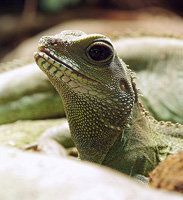 You can make your own incubator using a beverage cooler. All you need to do is take 3 to 4 feet long cooler and add up to four inches of water. Place a solid brick in water to keep your egg containers. The ideal temperature for incubation i.e. 84 to 86 degrees Fahrenheit can be maintained using an aquarium heater. You can also place a thermometer to monitor the temperature changes.
You can make your own incubator using a beverage cooler. All you need to do is take 3 to 4 feet long cooler and add up to four inches of water. Place a solid brick in water to keep your egg containers. The ideal temperature for incubation i.e. 84 to 86 degrees Fahrenheit can be maintained using an aquarium heater. You can also place a thermometer to monitor the temperature changes.
After sixty days of successful incubation, you can see tiny hatchlings emerging from the eggs. You need to place them in a separate enclosure and away from adult dragons. You should place some floating substance or material in the incubator to prevent young hatchlings from drowning.

